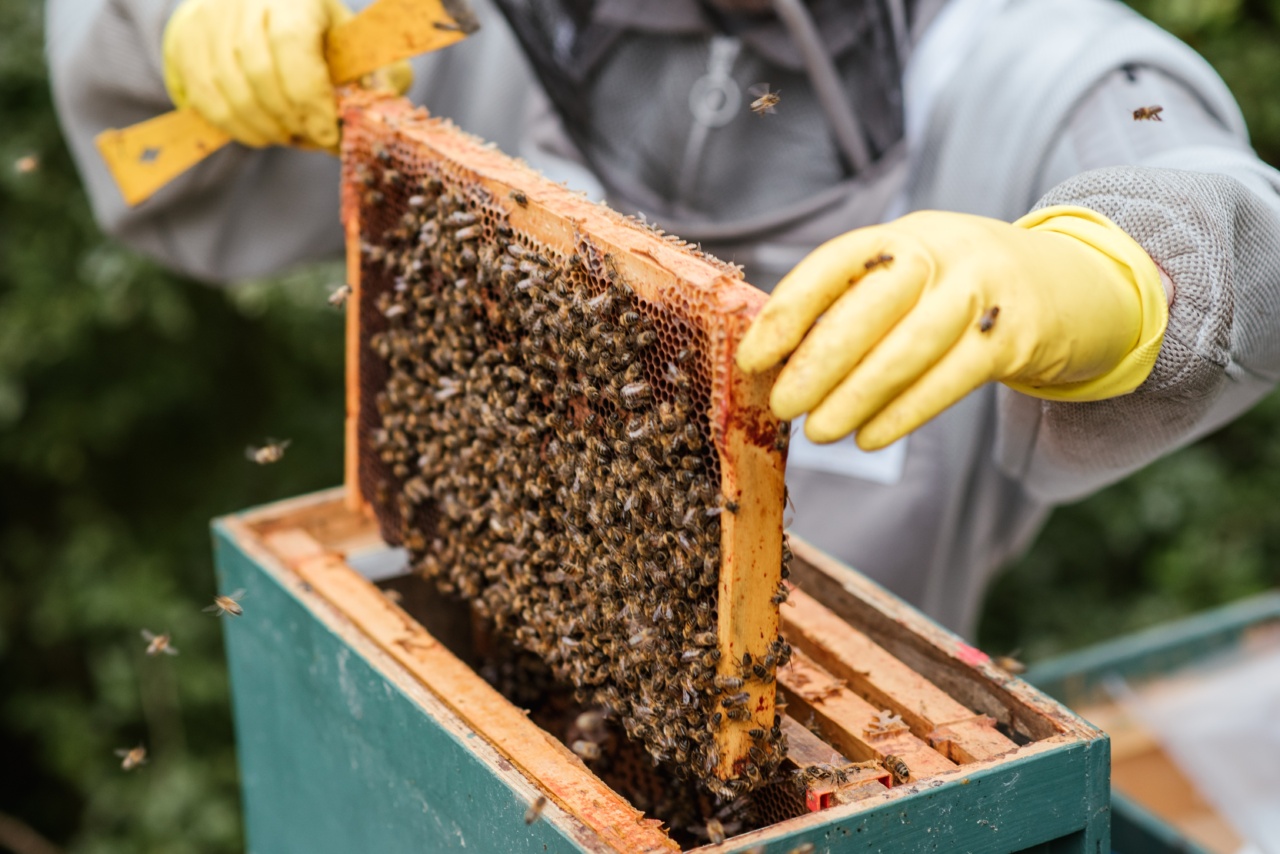Per- and polyfluoroalkyl substances (PFAS) are a group of human-made chemicals that have been widely used in various industries for decades.
These substances are known for their resistance to heat, water, and oil, making them valuable in the manufacturing of various products. Unfortunately, PFAS have also been found to pose serious health risks to humans, and they can be present in the food we consume.
What are PFAS?
PFAS are a large group of chemicals characterized by the presence of fluorine-carbon bonds, which are among the strongest known chemical bonds.
Due to their chemical structure, PFAS are highly resistant to degradation and can persist in the environment for extended periods. They have been used in a wide range of industrial applications, including the production of non-stick cookware, waterproof fabrics, food packaging, firefighting foam, and more.
PFAS have become a concern due to their potential adverse effects on human health.
Studies have linked exposure to PFAS to various health issues, including reproductive problems, developmental delays, liver damage, immune system dysfunction, and an increased risk of certain types of cancer.
How are PFAS Present in Food?
PFAS can enter the food chain through several routes. One common way is through contaminated soil and water sources used for irrigation and livestock drinking. PFAS can accumulate in plants, which are then consumed by animals or humans.
For example, vegetables grown in PFAS-contaminated soil can absorb these chemicals, leading to their presence in the final food product.
Another pathway of PFAS contamination is through food packaging materials. PFAS can leach into food from food contact materials such as paper, cardboard, and plastic containers.
In addition, PFAS-based coatings applied to cookware can migrate into food during cooking, particularly if the cookware is scratched or damaged.
Risks of PFAS Exposure
Exposure to PFAS through contaminated food can have serious health consequences. These chemicals can accumulate in the human body over time, as they are not easily eliminated. The health risks associated with PFAS exposure include:.
1. Hormonal Disruption: PFAS can interfere with hormone levels in the body, potentially leading to reproductive and developmental problems.
2. Liver Damage: Studies have shown that PFAS exposure can adversely affect liver function and may even cause liver damage.
3. Immune System Dysfunction: PFAS exposure has been linked to an impaired immune response, making individuals more susceptible to infections and diseases.
4. Increased Cancer Risk: Certain PFAS have been classified as potential carcinogens, increasing the risk of kidney and testicular cancer, as well as other types of cancers.
5. Developmental Delays: Children exposed to PFAS may experience developmental delays, affecting their cognitive and physical development.
Regulatory Efforts and Guidelines
Recognizing the potential risks associated with PFAS exposure, regulatory bodies around the world have taken measures to minimize their presence in food.
The US Food and Drug Administration (FDA) has set guidance levels for PFAS in various food categories, with a particular focus on seafood, as fish can accumulate higher levels of PFAS due to their position in the food chain.
Several countries have banned or restricted the use of specific PFAS compounds in food contact materials. However, more comprehensive regulations are needed to address the wide range of PFAS chemicals in use.
Efforts are also being made to develop safer alternatives to PFAS chemicals in various industries.
Minimizing PFAS Exposure in Food
While regulatory actions are crucial, individuals can also take steps to minimize their exposure to PFAS in food:.
1. Choose Packaging Materials Carefully: Opt for products with minimal packaging, and try to avoid those made from PFAS-containing materials such as non-stick coated paper or cardboard.
2. Upgrade Cookware: Replace old or scratched non-stick cookware with safer alternatives, such as stainless steel or cast-iron pots and pans.
3. Wash Hands Frequently: Regularly wash hands before handling food and eating, as this can help reduce potential transfer of PFAS.
4. Eat a Balanced Diet: A healthy diet rich in fruits, vegetables, and whole grains can help mitigate the impact of PFAS exposure by boosting the body’s natural detoxification processes.
5. Stay Informed: Keep an eye on the latest research and regulatory updates concerning PFAS to make informed choices about the food you consume.
Conclusion
Persistent, harmful chemicals like PFAS have emerged as a significant concern in the food we eat. PFAS can enter the food chain through contaminated soil and water, as well as food packaging materials.
Once consumed, these chemicals can accumulate in the body and pose various health risks, including hormonal disruption, liver damage, immune system dysfunction, and an increased cancer risk.
While regulatory efforts are underway to minimize PFAS levels in food, individuals can also play a role in reducing their exposure.
By making conscious choices regarding packaging materials, cookware, and personal hygiene, everyone can contribute to reducing PFAS contamination in their meals and safeguard their health.






























